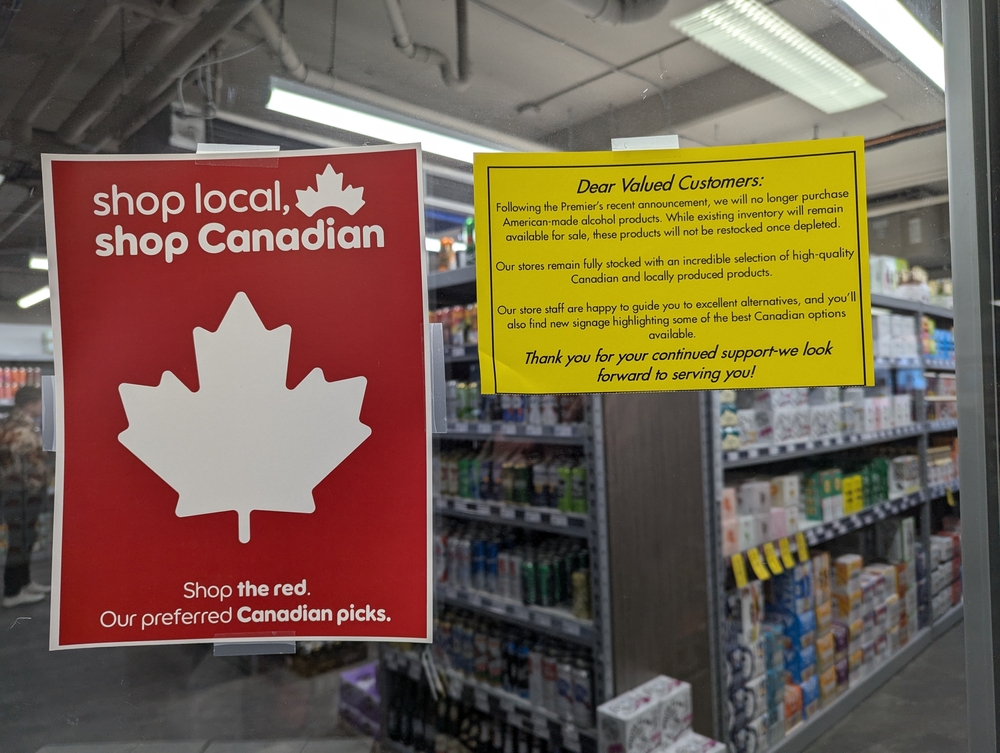Canada is full of companies that started small — really small. Not in boardrooms or glass towers, but in garages, basements, backyard sheds, storage lockers, and scrappy home workshops where founders tinkered, experimented, and took big risks with tiny budgets. These homegrown brands went on to reshape Canadian identity, global industries, and everyday life. Here are 20 brands born in garages that now run our lives.
Bombardier — Valcourt, Québec

Bombardier’s entire empire began in a small Québec garage where Joseph-Armand Bombardier spent winters trying to solve a local problem: how to travel through deep snow. In 1935, he built the first successful snowmobile prototype — the B7 — inside a modest shed behind his home. This invention reshaped rural mobility and laid the groundwork for Ski-Doo, Sea-Doo, and later, Bombardier’s global dominance in rail and aerospace engineering. Today, Bombardier is known internationally for business jets and transit systems, but its spirit still reflects those early garage experiments: practical engineering, cold-weather innovation, and solutions built for real Canadian challenges. What started as one man’s tinkering became one of Canada’s most influential industrial legacies.
Lululemon — Vancouver, British Columbia

Before it became a global athletic apparel powerhouse, Lululemon was born in the back room of a small yoga studio where founder Chip Wilson stitched prototypes and held early focus groups with local athletes. The brand didn’t arrive as a polished retail concept — it grew out of a garage-style workspace fueled by experimentation, trial-and-error fabric development, and feedback from Vancouver’s surf, ski, and yoga communities. The company’s rise transformed Canadian athleisure, global fashion trends, and how people think about technical clothing. Despite its worldwide reach, Lululemon’s origins in a makeshift workshop still shape its identity: local insight, performance-first design, and a belief in building community before building stores.
Arc’teryx — North Vancouver, British Columbia

Arc’teryx started in a tiny North Vancouver garage where two local climbers — Dave Lane and Jeremy Guard — began handcrafting climbing gear in 1989. Their first product was a thermo-moulded climbing harness made using makeshift equipment and heat guns. The garage setup became the testing ground for Arc’teryx’s obsession with precision and durability. As the company expanded into technical apparel, its garage-born ethos stayed intact: uncompromising materials, obsessive design iterations, and gear built for real mountain conditions. Today, Arc’teryx is a global leader in high-end outdoor gear — yet its roots remain unmistakably Canadian, forged in the rugged terrain of the North Shore mountains.
Shopify — Ottawa, Ontario

Shopify began when founder Tobias Lütke tried to open a small snowboard shop and realized every e-commerce tool on the market was terrible. So he built his own — from a simple apartment/garage-style workspace in Ottawa. Shopify wasn’t born out of corporate strategy; it grew from a personal problem and a small, improvised setup. Today, Shopify powers millions of businesses worldwide and stands as one of Canada’s most influential tech companies. Its garage beginnings shaped its mission: give everyday entrepreneurs the tools to compete with giants. What started as one frustrated snowboarder became a platform that transformed retail across Canada and the world.
Roots — Toronto, Ontario

Roots began in a small Toronto warehouse — basically a glorified garage — where founders Michael Budman and Don Green developed their first footwear line in 1973. Their earliest products were hand-crafted negative-heel shoes inspired by Algonquin Park wilderness culture. That tiny workspace became the starting point for a brand now synonymous with Canadian identity: salt-and-pepper sweats, leather goods, rustic cabin imagery, and Olympic uniforms. Roots’ garage-style beginnings reflect what the brand still represents — craftsmanship, nature, and a uniquely Canadian blend of comfort and heritage.
Canadian Tire — Toronto, Ontario
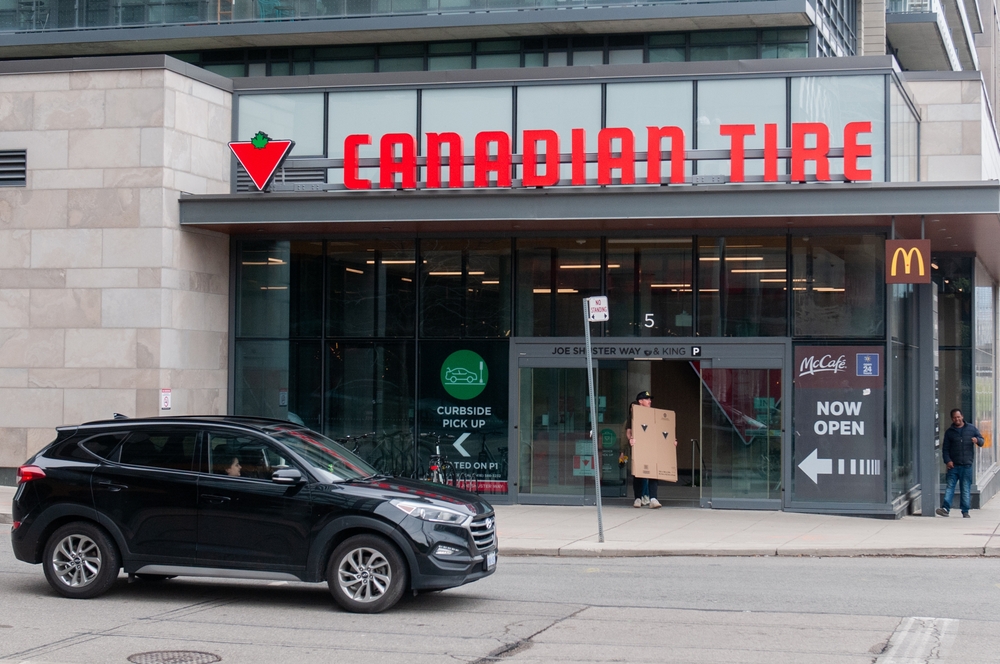
Canadian Tire’s origins trace back to a tiny garage repair shop run by brothers John and Alfred Billes. In 1922, they purchased a small auto service garage where they sold tires, performed repairs, and began stocking parts customers needed. This garage became the seed of one of Canada’s most iconic retail empires. The Billes brothers built a company focused on practicality, affordability, and serving everyday Canadians. Today, Canadian Tire anchors communities across the country through its stores, loyalty programs, and family of brands — yet its DNA still comes from that first humble service garage.
MEC (Mountain Equipment Company) — Vancouver, British Columbia

MEC’s beginnings weren’t glamorous: a tiny apartment-turned-storage-space and garage setup where a group of climbers pooled resources to import gear that wasn’t available in Canada. They packaged orders by hand, stored equipment wherever there was space, and ran meetings from living rooms. This garage-level cooperative spirit shaped MEC’s identity — community-driven, environmentally conscious, and obsessed with getting high-quality equipment into the hands of outdoor enthusiasts. MEC grew into one of Canada’s most trusted outdoor retailers, yet the spirit of those early grassroots operations still influences everything from product design to community engagement.
WestJet — Calgary, Alberta

WestJet didn’t begin in a garage full of tools — it began in the airline equivalent: a cramped office/warehouse space with minimal staff, borrowed furniture, and a startup culture held together by optimism and duct tape. The early team built route models on whiteboards, negotiated deals from folding chairs, and operated with a garage-style scrappiness that defined its personality. That small-space beginning birthed a low-cost airline that disrupted Canadian aviation, democratized travel, and became a global player. WestJet’s early DIY scrappiness set the tone for its culture of humour, efficiency, and humility.
A&W Canada — Winnipeg, Manitoba (Canadian-owned division)

The Canadian side of A&W — now fully separate from the American parent — began its explosive growth from a very small Winnipeg head office that functioned like a garage startup. With limited space and a tiny team, they rebuilt the brand from the ground up using local market testing, Canadian-focused menus, and bold sustainability commitments. Their success turned A&W into one of Canada’s most loved quick-service brands. While not born in a literal garage, the Canadian division’s rebirth absolutely carries that garage-startup ethos: small team, big ideas, no fear of reinventing the familiar.
Steam Whistle Brewing — Toronto, Ontario
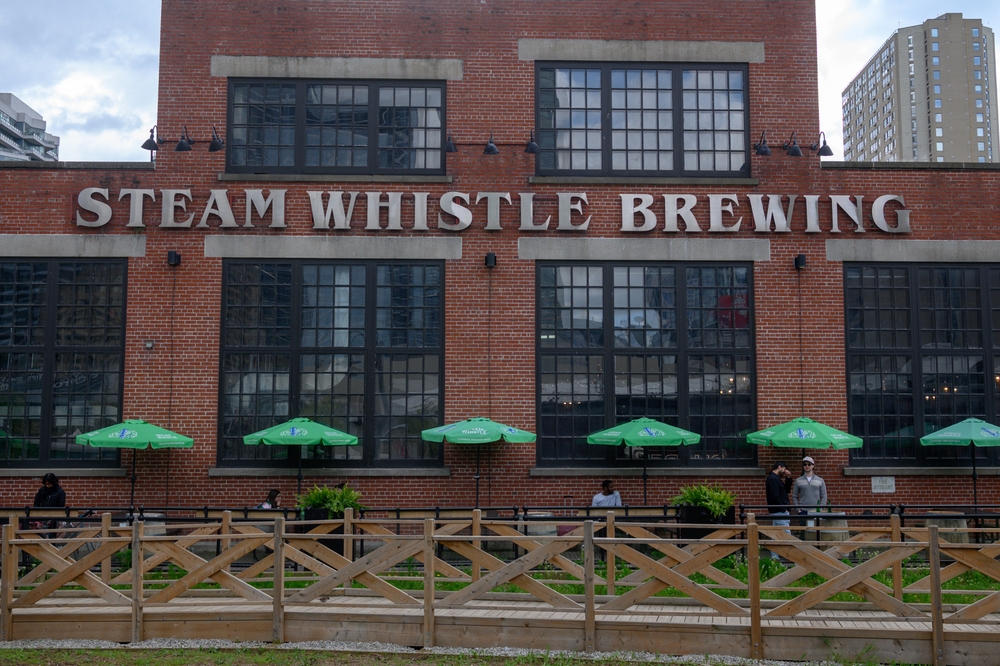
Steam Whistle began when three fired brewery workers — calling themselves “The Three Fired Guys” — started testing recipes in basements, garages, and borrowed industrial corners while figuring out how to launch a craft beer brand on a shoestring. Their experiments led to a single, high-quality pilsner brewed in Toronto’s historic Roundhouse. The garage-like beginnings set the brand’s tone: keep it simple, keep it consistent, and do one thing exceptionally well. Today, Steam Whistle is one of Canada’s most recognizable craft beers, yet its heart still lies in that scrappy, DIY origin story.
GoodLife Fitness — London, Ontario
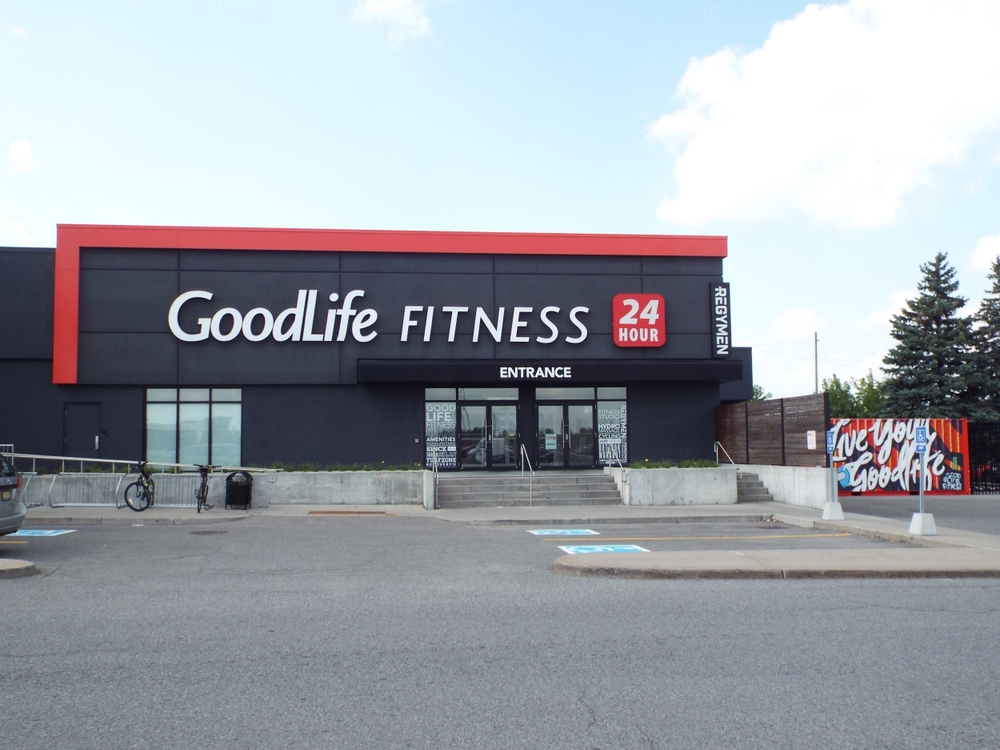
GoodLife started when founder David Patchell-Evans began training people out of a tiny rented room that functioned more like a converted garage than a gym. He cleaned the floors himself, repaired the equipment, and reinvested every spare dollar into adding new machines. Those gritty, small-space beginnings became the foundation for Canada’s largest fitness brand. GoodLife’s growth didn’t come from flashy marketing — it came from community-building, mentorship, and creating accessible fitness environments long before wellness became mainstream. Today, the brand shapes how millions of Canadians train, socialize, and prioritize health, yet it still channels its early “small gym, big conviction” spirit.
DAVIDsTEA — Montréal, Québec
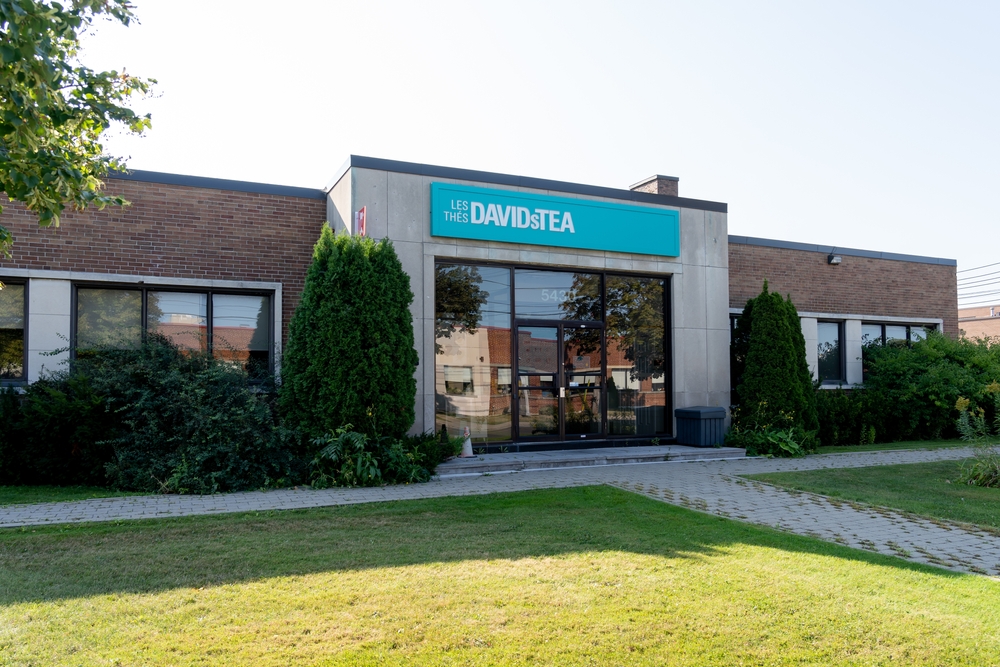
Before becoming a national tea phenomenon, DAVIDsTEA started in a small storage-style workspace where founders Herschel Segal and David Segal experimented with blends using basic tools, kitchen gear, and improvised equipment. They created dozens of flavour profiles at home before opening the first storefront. The garage-like beginnings led to a brand defined by creativity, accessibility, and reinvention — offering tea as a casual, modern lifestyle product rather than a formal ritual. DAVIDsTEA reshaped Canada’s beverage culture and introduced younger consumers to loose-leaf tea through playful blends that felt anything but traditional.
BlackBerry (Research In Motion) — Waterloo, Ontario
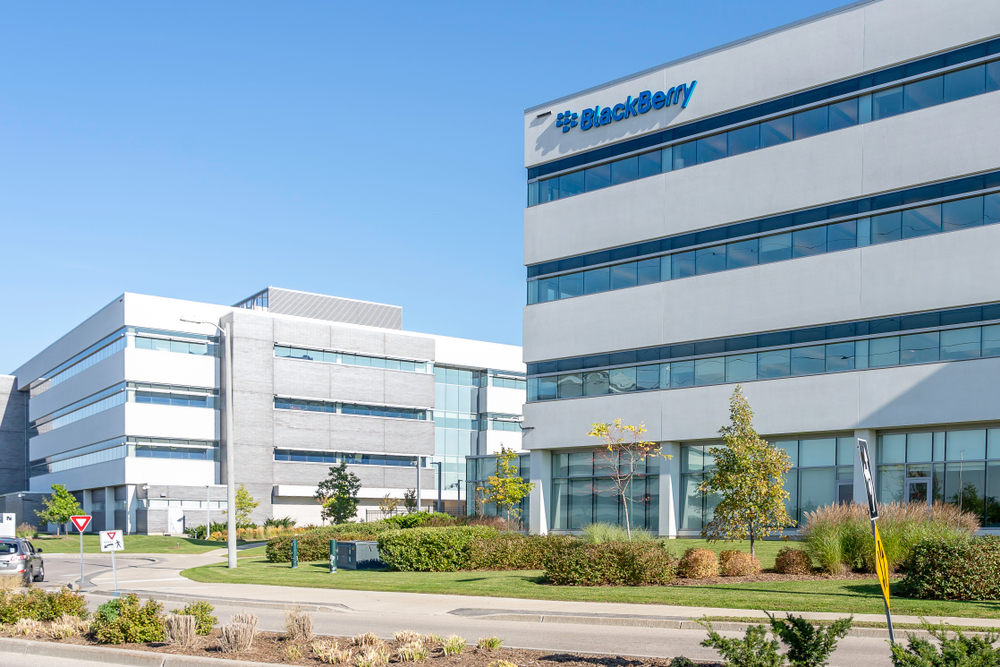
BlackBerry’s rise began in a small workshop-style office where Mike Lazaridis and Doug Fregin tinkered with circuit boards, pagers, and early wireless signals. That modest, garage-equivalent space produced prototypes that would eventually revolutionize global communication. Before smartphones dominated the world, BlackBerry devices defined productivity, security, and messaging for governments, corporations, and everyday Canadians. The garage-level scrappiness of those early R&D years still shapes the company’s culture of security-first engineering.
Circle K (Originally Mac’s Milk) — Richmond Hill, Ontario

Long before becoming part of a global convenience-store empire, Mac’s Milk grew out of a small, home-based operation where its founders handled early distribution and logistics using modest storage areas and minimal resources. They stocked coolers, managed deliveries, and built a neighbourhood-first convenience model that punched far above its size. That homegrown, garage-like beginning eventually expanded into one of Canada’s most recognizable corner-store brands. Though now operating under Circle K globally, the original Canadian hustle — small space, huge ambition — is still part of its DNA.
Okanagan Spring Brewery — Vernon, British Columbia

Okanagan Spring began with two German brewers crafting small-batch beer in what was essentially a glorified garage brewery in Vernon. With limited equipment and improvised processes, they brewed beer their own way: unfiltered, flavour-forward, and different from the mainstream lagers dominating Canada at the time. Their hands-on garage origins shaped a brand that helped pioneer craft beer before “craft beer” was a category. The brewery’s influence spread across Western Canada, eventually becoming a staple in pubs, restaurants, and fridges nationwide — all rooted in that first tiny, handcrafted operation.
Stance Healthcare — Kitchener, Ontario

Stance Healthcare began in a small workshop where founders built furniture by hand for healthcare environments — hospitals, clinics, long-term care homes — using limited tools and custom orders. That homegrown setup turned into a brand now supplying facilities across North America. The garage-like beginnings established its defining traits: durability, practicality, safety, and human-centred design. Today, Stance products appear in major medical networks, yet the company still reflects its modest origin — solving real problems with small-team craftsmanship and Canadian reliability.
Endy — Toronto, Ontario
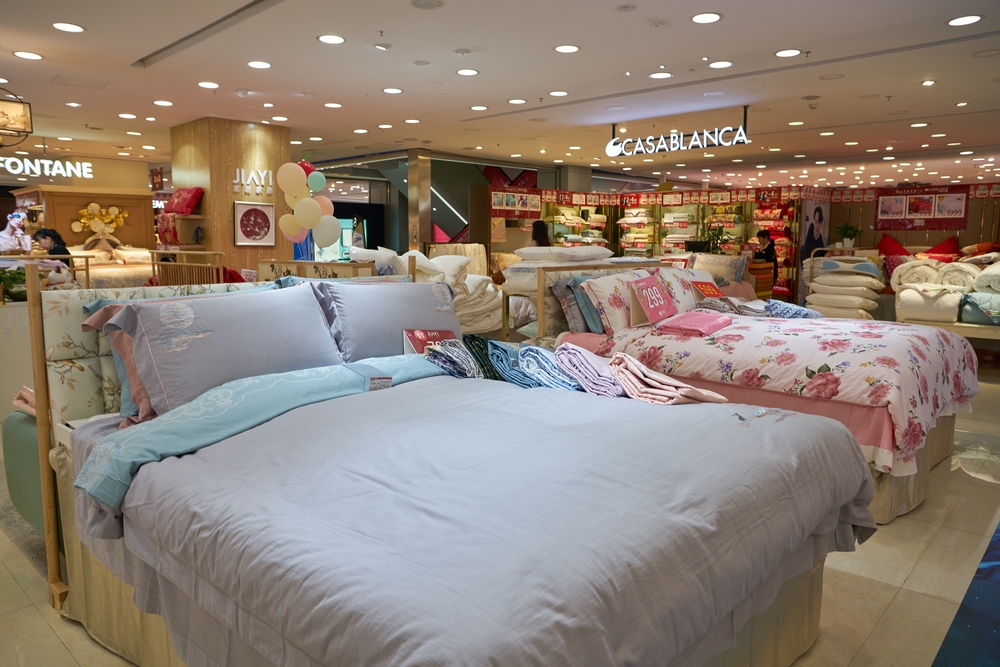
Endy started in a tiny warehouse-style environment where the founders packed mattresses by hand, stored inventory in stacked corners, and tested materials without the help of major manufacturing partners. The company built its reputation through scrappy e-commerce tactics, customer feedback loops, and Canadian-made quality — all driven from a lean, garage-style launch structure. Endy didn’t just disrupt the mattress market; it redefined how Canadians approach sleep, online shopping, and home essentials. Despite its multimillion-dollar scale today, its foundation remains classic garage entrepreneurship: simple problems, simple solutions, big impact.
Canadian North — Yellowknife, Northwest Territories

What eventually became Canadian North started with tiny community aviation operations in bare-bones hangars — garage-like spaces where small teams repaired planes, loaded supplies, and connected remote regions the rest of the country overlooked. Those modest beginnings grew into a crucial airline serving Arctic communities with food, medicine, mail, health travel, and cultural connections. Canadian North’s homegrown roots shaped its mission: service first, profit second. It’s not just an airline; it’s an essential lifeline that began in small, rugged workspaces built to survive northern conditions.
Peace by Chocolate — Antigonish, Nova Scotia

Peace by Chocolate began when the Hadhad family — Syrian chocolatiers displaced by war — arrived in Nova Scotia and started making chocolates again inside a small backyard shed. That garage-like setup revived their family craft, gained local support, and eventually turned into one of Canada’s most inspiring entrepreneurial stories. Their chocolates now ship nationwide, appear at national events, and symbolize resilience, immigration, and community-building. The entire brand is rooted in that humble shed where a family rebuilt everything from scratch.
Stanfield’s — Truro, Nova Scotia
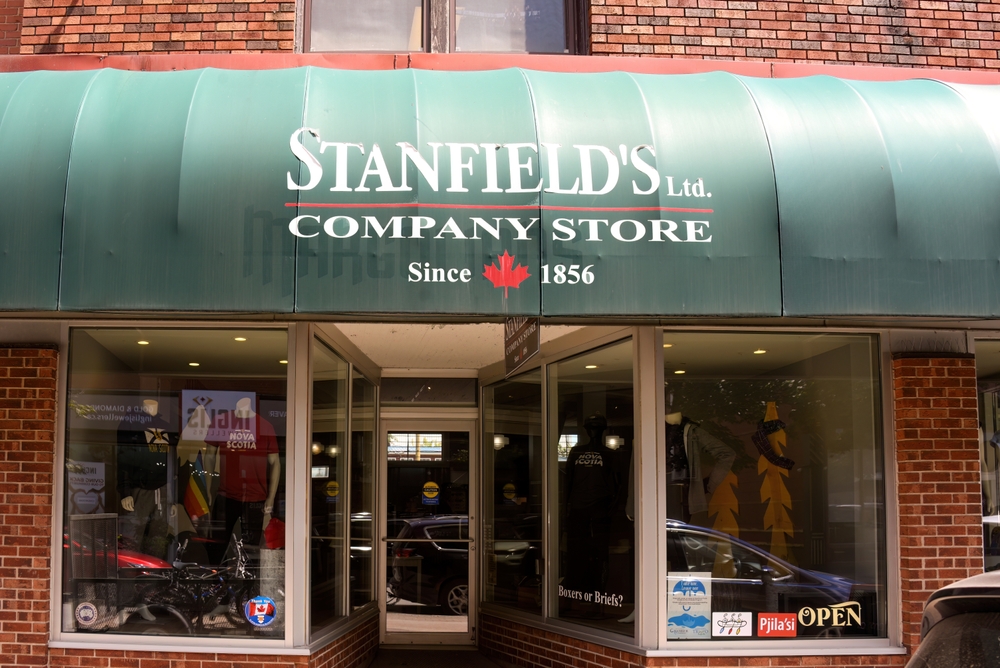
Stanfield’s — one of Canada’s oldest clothing brands — began with knitting machines and hand-made underwear produced in modest workshop spaces resembling early industrial garages. The founders experimented with wool-blend fabrics to help Canadians survive brutal winters, stitching garments manually before scaling. Over time, they created an apparel empire synonymous with durability and Canadian toughness. The company’s garage-style roots shaped its identity: practical products, rural innovation, and clothing built not for fashion, but for survival. Today, Stanfield’s still manufactures in Nova Scotia — a direct link to its humble beginnings.
21 Products Canadians Should Stockpile Before Tariffs Hit

If trade tensions escalate between Canada and the U.S., everyday essentials can suddenly disappear or skyrocket in price. Products like pantry basics and tech must-haves that depend on are deeply tied to cross-border supply chains and are likely to face various kinds of disruptions
21 Products Canadians Should Stockpile Before Tariffs Hit
